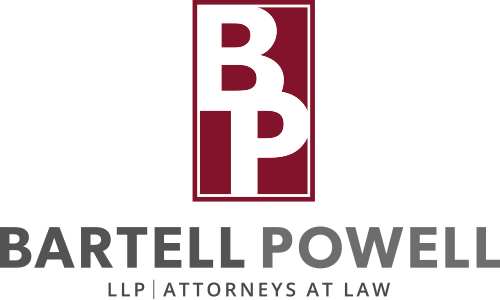Harrison M. Pittman, Elizabeth Rumley and Rusty Rumley of the National Agricultural Law Center, recently penned an interesting article titled, “14 ag law stories that could change the way you farm.”
The authors noted that, “Since 2015, there have been a number of legal developments for the agricultural sector. Many of these issues will continue to play out over the next year and will impact agriculture throughout the Mid-South and other regions of the country.
“In particular, there were important developments in environmental regulation of agriculture, food safety regulation, and use of drones in agriculture.”
The labeling of genetically modified foods was an issue identified in the article; the authors indicated that, “The issue of GM food labeling continues to be a hotly debated and controversial issue playing out at both state and federal levels of government.
“The Vermont GMO labeling law, set to go into effect on July 1, 2016, would be the first state law requiring mandatory labeling of certain foods containing GM ingredients. The Vermont law would require GM products to be labeled as ‘Produced with Genetic Engineering’ unless it falls under an exemption.”
Recall that the Senate failed to pass a measure to address this issue this week (a recap of this debate is available here), and the article also noted that, “An Ag & Food Law Consortium webinar from July 2015 provides an update on legal issues in GM labeling.”
Another issue identified in the article was food safety.
Specifically, the authors pointed out that, “While the Food Safety Modernization Act (FSMA) was signed into law almost five years ago, 2015 was an important year in terms of implementation. Two major regulations — the ‘produce safety rule’ and the ‘good manufacturing practices’ rule — were finalized.
“The produce safety rule addresses growing, harvesting, and packing holding conditions of fruits and vegetables that are typically consumed raw. The good manufacturing practices rule outlines requirements, including the necessity of a written food safety plan and monitoring preventative controls that covered facilities must meet.
“Together, these rules regulate the majority of food that American consumers purchase and consume.”
With respect to the Endangered Species Act, the paper stated that: “The Endangered Species Act, a federal law meant to protect endangered and threatened species, continues to stir controversy. Lawsuits have been filed against the U.S. Fish and Wildlife Service (FWS) by organizations in several states, asking that specific species be ‘delisted‘ and protections for those species be removed.
“Other new lawsuits argue to the contrary — that FWS acted wrongfully in refusing to list other species, denying them the protection of the law.
“Meanwhile, Congress has considered several bills and dozens of riders that might change either the mechanism of the law itself or the ability of FWS to enforce its provisions.

